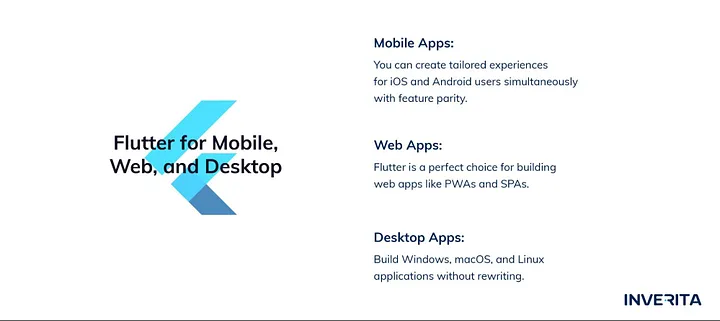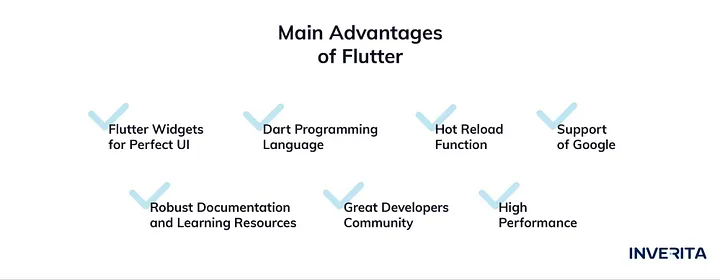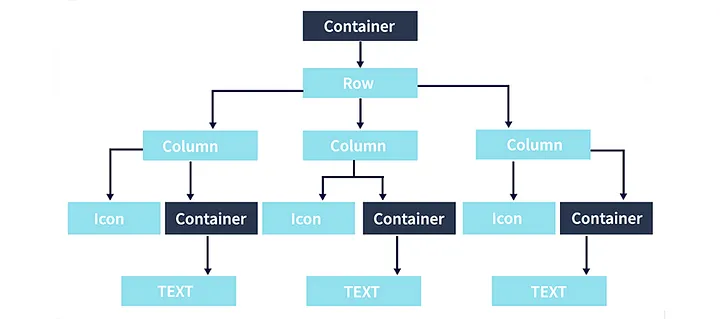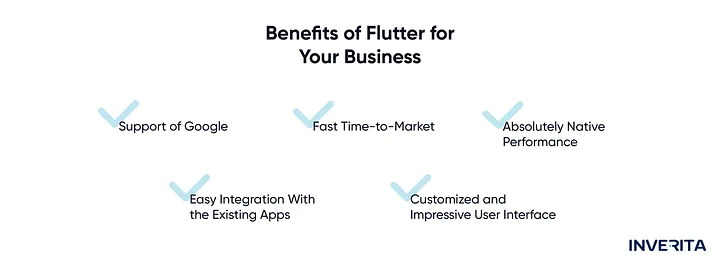#2 Fast and Dynamic Code Writing
With the famous hot-reload feature, developers can see the alterations made in the code straight away in the application. Imagine, you found a bug while using an app. With Flutter you can fix it immediately without restarting everything. It won’t take you even a second to see what has changed, which makes mobile app development fast and allows experimenting with new features. Create, test, improve! Just within several minutes, you can check out how your app looks. Additionally, it fosters better collaboration between team members (designers and developers), helping them to be on the same page and react to the alterations accordingly.
#3 Flutter Apps Work at a Dazzling Speed
Superfast Flutter apps amaze with their smooth scrolling experience because of the direct code compilation that doesn’t have any bridges to halt performance. There’s also no cutting or hanging. We’ve run several tests to check out the performance of the Native, React Native, and Flutter apps. Even heavy animations with rotations, scaling, and fading weren’t difficult to handle for Flutter. In one of the use cases we used vector animations animated with Lottie on Android, iOS, React Native, and adopted the same animations to use with Flare on Flutter. Flutter showcased surprising results and high performance!
#4 Lower Code Development Time
Kill two birds with one stone. Flutter’s widgets and designs allow having the same app on Android and iOS platforms. Hot reload and hot restart features also significantly decrease the development time as the developers can instantly see all the changes. Dart language allows compiling the code faster.
#5 No More Long Testing Processes
If there’s one code for two platforms, testers will only run one set of tests. Cross-platform development saves time for testers. In the case of app differences, testers will have to do a bit more work and run automated tests on both platforms.
#6 Perfect for MVP Development
Developing an MVP (Minimum Viable Product) for two platforms simultaneously is a dream come true. It’s fast and affordable — everything entrepreneurs look for in a product that they will later show investors. One developer is all you need to build your MVP that has no difference from native apps.
#7 Flutter Development Gives Access to Native Features
One more of the prominent Flutter advantages is access to native features. Functions like geolocation and camera must be implemented with the help of native languages and using Flutter developers can use Objective-C, Swift, or Java to access native features.
The performance of Flutter apps is indistinguishable from native applications. Contrary to most cross-platform frameworks, Flutter doesn’t depend on any intermediate code representations, the apps are built directly into the machine code.
Some of the Downsides













_1764586939-small.webp)